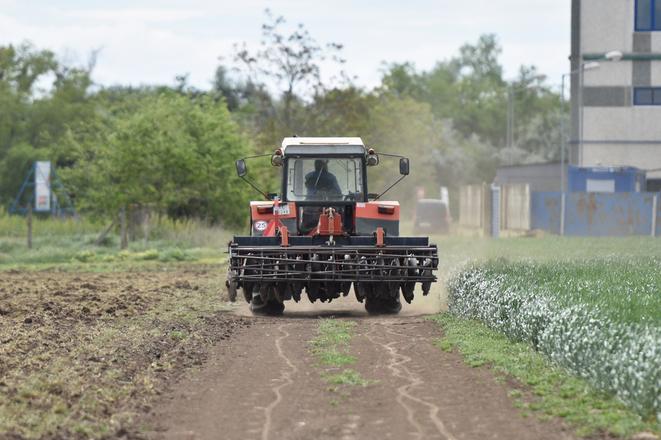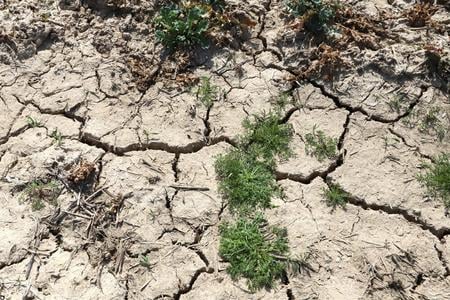The average size of a field in Slovakia is 12 hectares, which is the largest average in the European Union. Big field blocks without green lanes worsen the impacts of wind and water erosion, increase the heat of the country and thus increase the likelihood of droughts.
Since animals have fewer options to hide, the biodiversity of the area is reduced.
The worst situation is in the Danubian Lowland in southwest Slovakia and the protected bird areas. A low diversity of crops, the majority of which are wheat and corn crops, poses another problem.
This stems from a recent analysis of the Institute for Agricultural Policy, running under the Agriculture Ministry.
“The large size of monoculture fields worsens the environment in an agricultural country and the quality of offered ecosystem services,” the study reads.
Despite the short-term financial advantages for farmers who cultivate these big areas, it would be better for them and the environment in the long-term to reduce the field size, secure the checkerboard way of growing crops and create green areas, the analysis suggests.
Waste fields cause problems
Although the agricultural land in Slovakia comprises nearly one half of the country’s territory and provides many ecosystem services, only a few people deal with the protection of agricultural land.



